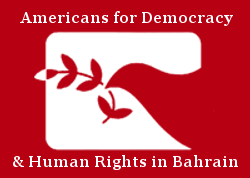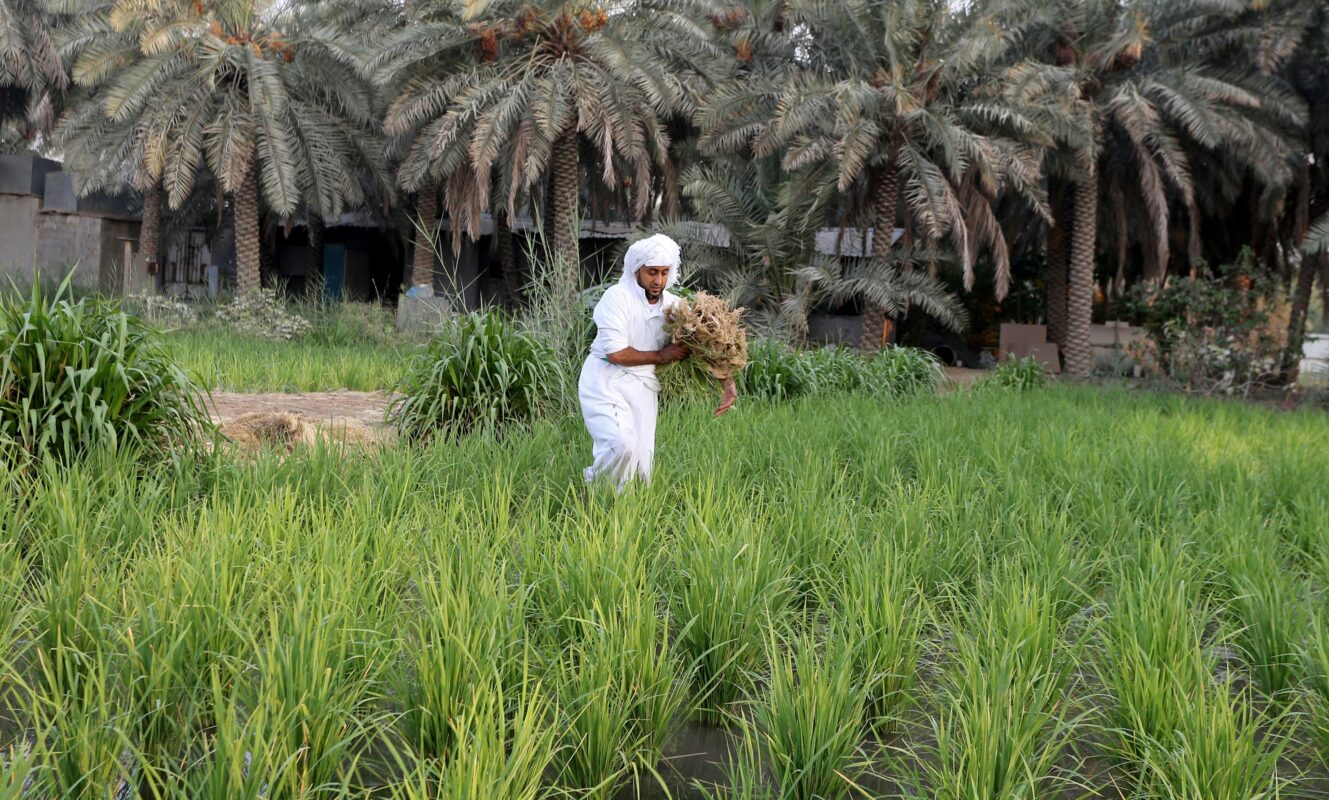Food security is described by the FAO (Food and Agriculture Organization) as ‘’ all people, at all times, have physical and economic access to sufficient, safe and nutritious food to meet their dietary needs and food preferences for an active and healthy life”. In addition, food security is structured in four pillars, namely: 1) Availability (people having consistent sources of food), 2) Access (people have sufficient resources to purchase food), 3) Stability (people can access food that remains at a stable price during time) 4) Utilization (people know how to distribute food). Currently, among the Arab countries, the GCC is considered more food secure according to the Global Food Security Index. However, some long-standing issues remain present due to the national supply strategies, possibly causing a disruption in food security in the long term.
The main issue is the region’s lack of control over its food sources, making it highly import-dependent. GCC countries import about 85% of their food, including 93% of cereals, 62% of meat and 56% of vegetables. Under these circumstances, a disruption in the supply chain, such as a pandemic, would leave the countries vulnerable to shortages. To minimise possible shocks, GCC governments have launched food intervention measures. For example, countries like UAE, Qatar and Kuwait have adopted national food strategies to boost domestic production and diversify import sources. Arguably, these steps helped preserve the region’s short-term food security without tackling more long-term issues.
Firstly, being highly dependent on imports makes the region food secure but non-food self-sufficient. In this sense, in case of a rise of protectionist policies, they would be vulnerable to price and supply shocks. Secondly, the import strategy would need to be sufficient to bear the costs of population growth. In 2005, the total population in the GCC area was 25.8 million, compared to 56.65 million in 2018. In light of this growth, it is questionable whether the availability or accessibility of food can be maintained at acceptable levels. Thirdly, relying so heavily on import strategies undermines the future adverse effects of climate change on food availability. In this sense, the International Centre for Tropical Agriculture (CIAT) has forecasted that crop yields will fall by more than 10% by 2030 and at a similar rate by 2050. Consequently, in light of possible droughts or floods, the international market would shift to protectionist policies to ensure the presence of emergency food supplies.
Furthermore, another possible security risk could hinder food availability in the short term. A relevant aspect of this analysis is where these countries obtain their food supplies. Most of the imports pass several of the most important maritime chokepoints. The main one is the Strait of Hormuz, where any disruption would negatively affect UAE, Qatar, Bahrain and Kuwait. On the other hand, Saudi Arabia receives supplies from the Mandab Strait at the entrance to the Red Sea. Considering the current political frictions in the Red Sea and the ongoing political conflict among states of the Strait of Hormuz.
To conclude, it is possible to affirm that GCC countries have adopted logical but risky strategies to cope with food insecurity. Generally, it is considered that the domestic production of food in the area is complex due to the hot desert climate, which causes scarce water resources and poor soils. Consequently, it will be essential to understand if GCC countries will adjust to the overarching factors contributing to food security and ascertain that possible national food production policies in the GCC will not cause environmental damage (e.g. Rangeland deterioration in Saudi Arabia). Most importantly, food security strategies will be tailored to human rights necessities, meaning that the food supply is based on population growth.





